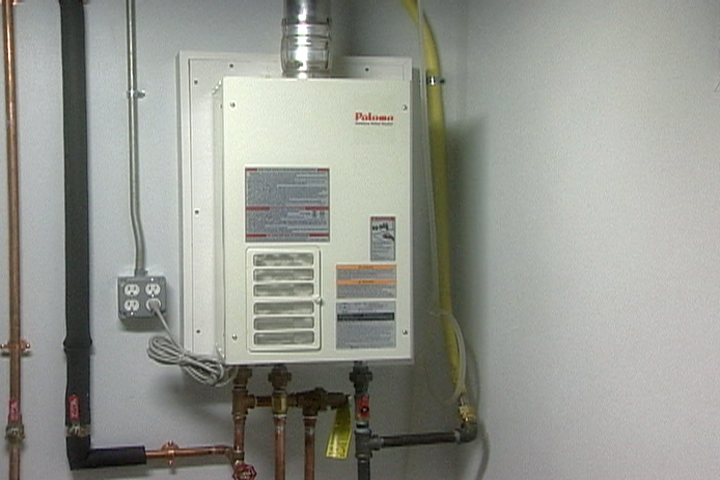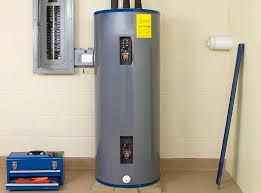How to Properly Maintain Your Home's Hot Water System
How to Properly Maintain Your Home's Hot Water System
Blog Article
Presented here down the page you'll find lots of dependable news all about How to Maintain a Hot Water Heater in a Few Simple Steps.

Warm water is important for day-to-day comfort, whether it's for a rejuvenating shower or washing meals. To guarantee your hot water system runs effectively and lasts much longer, regular upkeep is vital. This article gives sensible ideas and insights on exactly how to maintain your home's warm water system to stay clear of disruptions and costly repair services.
Introduction
Keeping your home's hot water system might seem overwhelming, but with a few straightforward steps, you can ensure it runs smoothly for many years to find. This overview covers everything from comprehending your warm water system to do it yourself maintenance suggestions and recognizing when to call in professional assistance.
Value of Keeping Your Warm Water System
Routine upkeep not just expands the life-span of your warm water system but also ensures it runs successfully. Neglecting maintenance can lead to decreased effectiveness, higher energy costs, and also early failure of the system.
Indications Your Warm Water System Requirements Upkeep
Understanding when your hot water system needs attention can protect against significant problems. Watch out for indications such as irregular water temperature level, weird sounds from the heating system, or rustic water.
Purging the Water Heater
Flushing your water heater eliminates sediment buildup, improving efficiency and prolonging its life.
Monitoring and Changing Anode Rods
Anode poles protect against rust inside the storage tank. Examining and replacing them when worn out is crucial.
Facility Issues Needing Specialist Assistance
Examples consist of major leaks, electric troubles, or if your hot water heater is constantly underperforming.
Routine Professional Upkeep Perks
Professional maintenance can consist of complete assessments, tune-ups, and guaranteeing compliance with safety and security requirements.
Examining and Adjusting Temperature Setups
Adjusting the temperature level setups guarantees optimum efficiency and safety.
DIY Tips for Maintenance
You can carry out a number of maintenance jobs on your own to keep your warm water system in leading problem.
Looking for Leaks
Regularly check pipes and links for leaks, as these can lead to water damages and higher expenses.
Comprehending Your Hot Water System
Prior to diving into maintenance jobs, it's useful to understand the basic parts of your hot water system. Commonly, this includes the hot water heater itself, pipes, anode poles, and temperature controls.
Monthly Upkeep Tasks
Regular regular monthly checks can help capture small problems prior to they intensify.
Testing Pressure Alleviation Valves
Evaluating the stress relief valve ensures it operates properly and prevents extreme stress buildup.
Protecting Pipelines
Insulating warm water pipes minimizes warmth loss and can save power.
When to Call a Specialist
While DIY upkeep is beneficial, some problems require specialist know-how.
Conclusion
Routine upkeep of your home's warm water system is important for effectiveness, durability, and expense financial savings. By following these suggestions and recognizing when to look for professional help, you can make certain a dependable supply of hot water without unanticipated disturbances.
How to Maintain an Instant Hot Water Heater
Before tinkering with your hot water heater, make sure that it’s not powered on. You also have to turn off the main circuit breaker and shut off the main gas line to prevent accidents. Also turn off the water valves connected to your unit to prevent water from flowing into and out of the appliance. 2. When you’re done, you have to detach the purge valves’ caps. These look like the letter “T†and are situated on either side of the water valves. Doing so will release any pressure that has accumulated inside the valves while at the same time avoid hot water from shooting out and burning your skin. 3. When the purge valves’ caps are removed, you have to connect your hosing lines to the valves. Your unit should have come with three hoses but if it didn’t, you can purchase these things from any hardware or home repair shops. You can also get them from retail stores that sell water heating systems. Read the user’s manual and follow it to complete this task properly. When the hosing lines are connected, open the purge port’s valves. 4. You should never use harsh chemical cleaners or solutions when cleaning your unit. Make use of white vinegar instead. It should be undiluted and you’ll probably use about 2 gallons. 5. Now flush your water heater. This task should probably take about 40 minutes. We can’t give you specific directions for this because the procedure is carried out depending on the type, model and brand of your heater. With that being said, refer to the user’s manual. 6. When you’re done draining the unit, you have to turn off the purge port valves again. Remove the hosing lines that you earlier installed on each of the water valves. Put the valve caps (purge port) back in their respective places and be very careful so as not to damage the rubber discs that are found inside these caps. 7. Now that everything’s back in place, check your user’s manual again to find out how to reactivate your water heating system. 8. Once it is working, turn one of your hot water faucets on just to let air pass through the heater’s water supply pipes. Leave the tap on until water flows smoothly out of it. https://www.orrplumbing.com/blog/2014/september/how-to-maintain-an-instant-hot-water-heater/

I found that blog posting on Water Heater Maintenance Tips You Can't Afford to Forget when surfing the search engines. I beg you set aside a second to distribute this content if you enjoyed it. Thanks a bunch for being here. Return soon.
Call Today Report this page